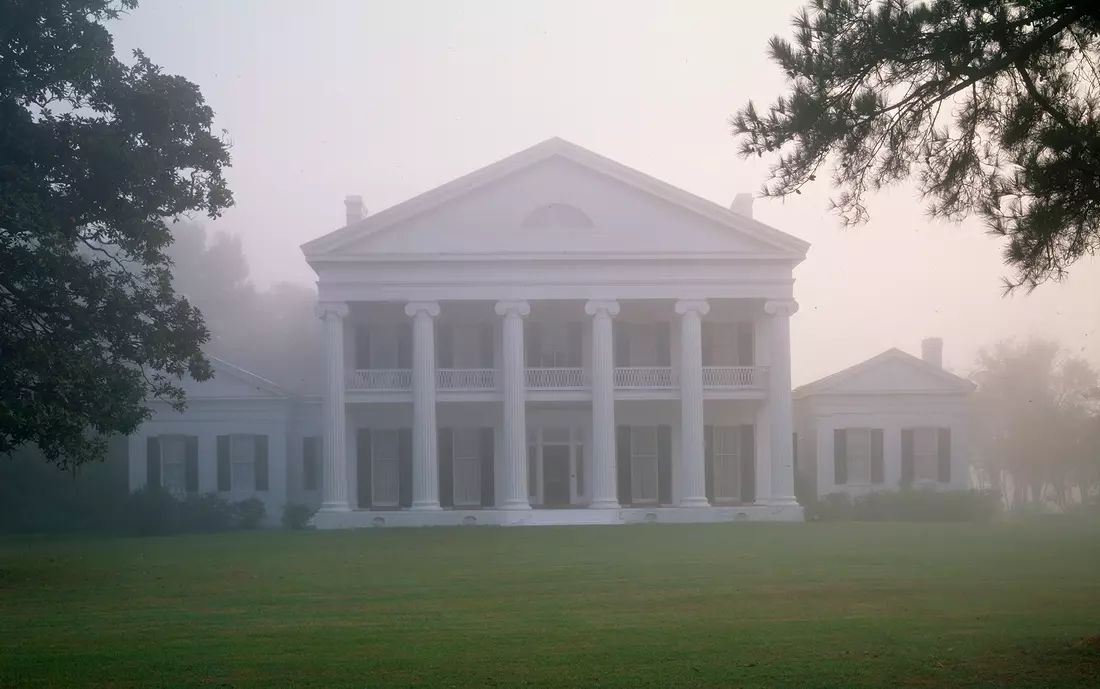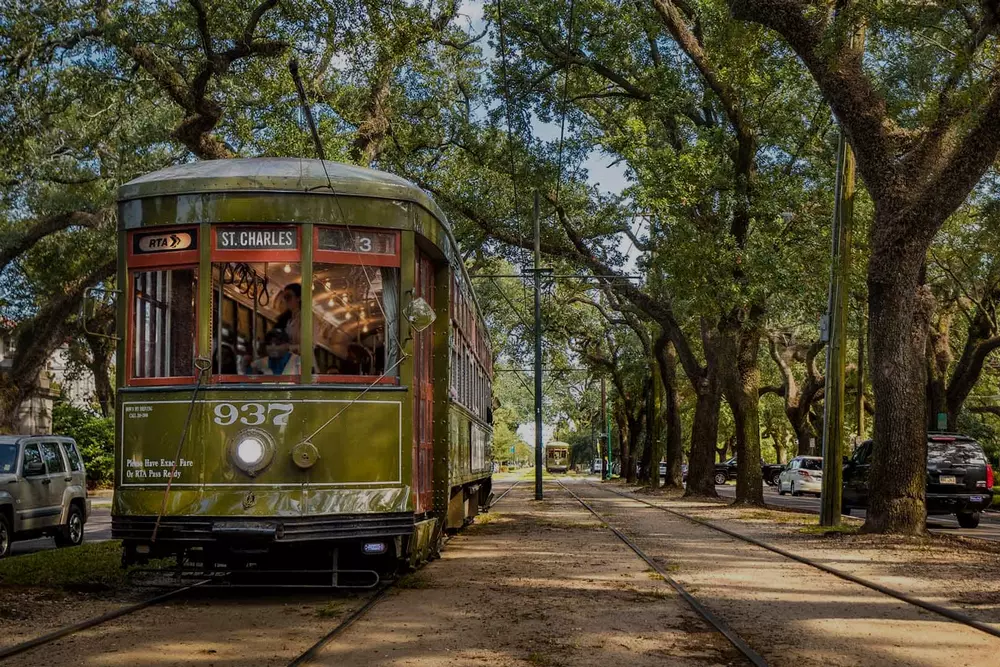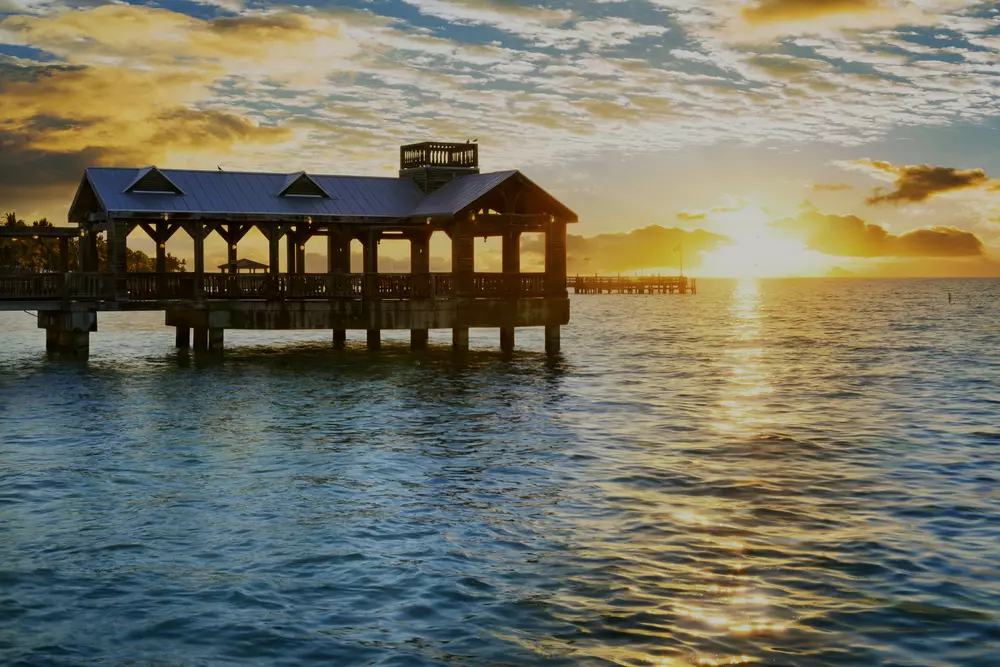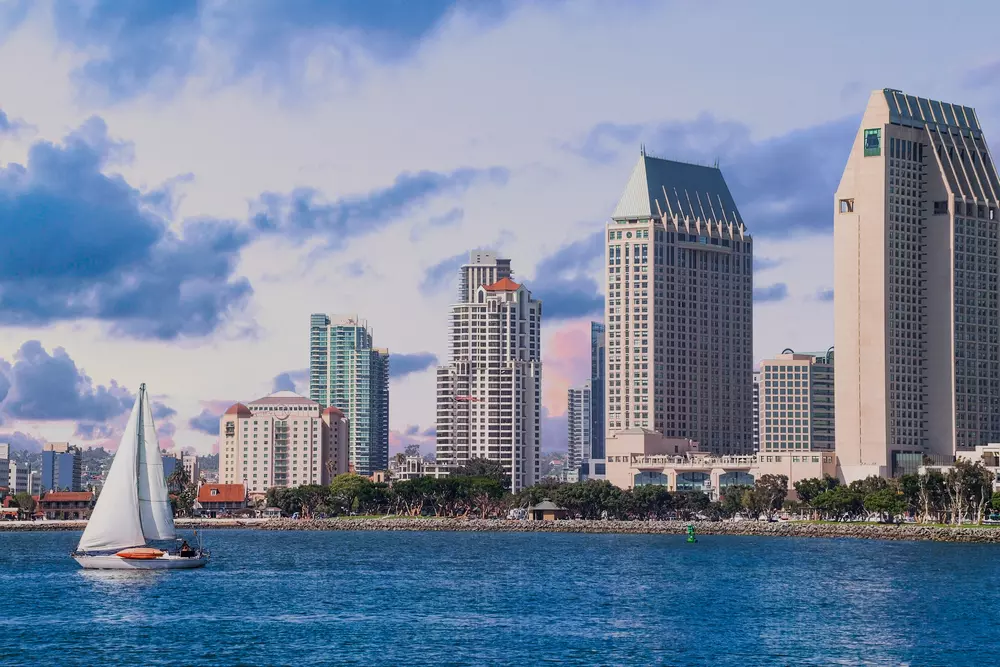The Madewood Plantation, once the estate of a sugarcane producer near Napoleonville, Louisiana, stands as a National Historic Landmark and is among the finest examples of Greek Revival plantations in the American South.
This landmark draws tourists not only for its history but also for the rumors of paranormal activity, making it one of the most mysterious sites in Louisiana.

Features of the attraction
The plantation is located on the northern shore of the Lafourche Bayou, nestled on manicured grounds separated from the bayou by a highway. Built between 1840-48, the Madewood Plantation House embodies the aspirations of its original owner, Colonel Thomas Pugh, a member of a prominent and wealthy Louisiana family. Madewood stands as one of the most striking examples of Greek revival architecture.
The house is constructed from bricks made on the plantation, while its exterior is adorned with stucco that mimics brick blocks, painted in white. Six fluted Ionic columns rise across two stories, maintaining the character of a Greek temple at its core. The facade is completed by two single-story wings that echo the dominant features of the main house.
The interior features 23 rooms, with heart pine floors, door frames, and cypress moldings painted to resemble oak. Each door bears the signature of the artist, Hennessey Cornelius. In other areas, woodwork, including cypress fireplaces, was painted to mimic marble or exotic wood species.
Today, the plantation grounds include the main house and kitchen, the family cemetery, and slave quarters.

History of Madewood Plantation
The mansion was built for Colonel Thomas Pugh in 1848. The design and construction spanned eight years, crafted by architect Henry Howard in the Greek Revival style. The home boasts 23 rooms, a grand central staircase, and an adjoining kitchen. Pugh enjoyed the plantation for four years before dying at 56 from yellow fever. Some sources note that at the time of his death, the home was not yet fully completed. The plantation then passed to his widow, Eliza, along with the land holdings, tools, crops, and yes, slaves. During the Civil War, the plantation was used by Union troops as a hospital.
In 1964, Harold Marshall purchased the home and undertook a comprehensive renovation, completed only in 1978. In 1983, the plantation was declared a national historic landmark. The property currently belongs to their sons but is open to the public daily and serves as the center for an annual arts festival and other cultural events. Today, it operates as a tourist attraction.
The plantation has been featured in several films and television productions, including "A Woman Called Moses," "Sister, Sister," and Sofia Coppola's new film "The Beguiled." Part of Beyoncé's visual album Lemonade was also filmed here.

Additional Information
-
Address
4250 LA-308, Napoleonville, LA 70390
-
Phone
+ 1-985-369-7151
| Address | 4250 LA-308, Napoleonville, LA 70390 |
| Phone | + 1-985-369-7151 |
Stepping through the centuries-old gates of Madewood Plantation is like entering a secret chapter of the book of times, where each turn of the path, each light shadow beneath ancient branches tells a separate story, unlike the previous one.
With American Butler, you'll do more than just walk the historic alleys; you'll feel the soul of Louisiana, learn its deep mysteries, and subtle melodies. We'll reveal Madewood Plantation from angles you won't find in ordinary guidebooks. Here, at the crossroads of times, you'll see how history, culture, and nature intertwine in one place, creating a unique symbiosis that leaves an indelible mark on the soul.





























